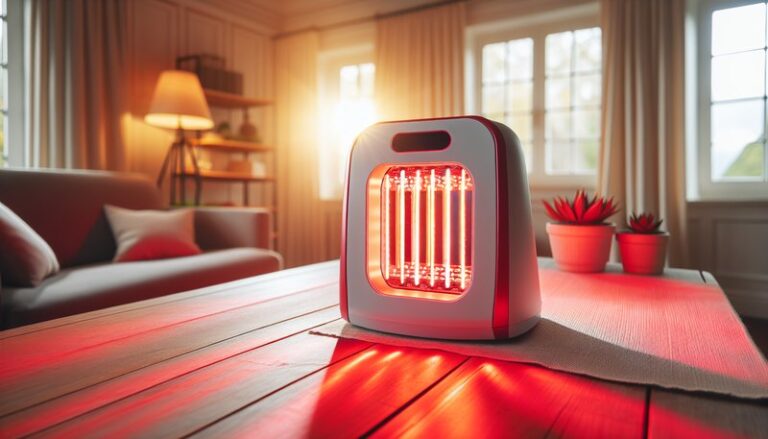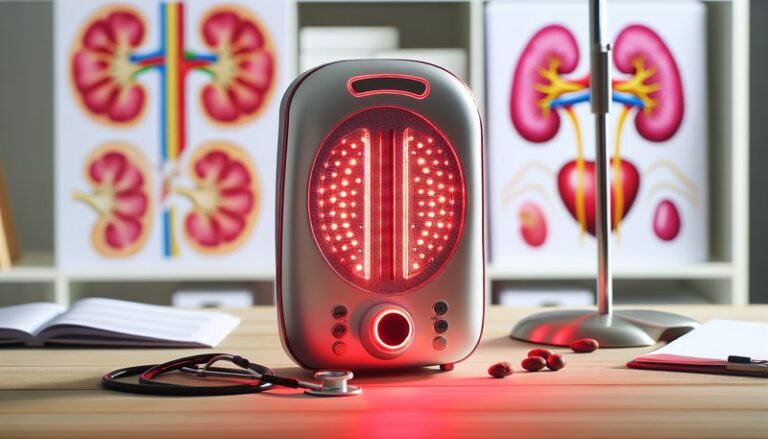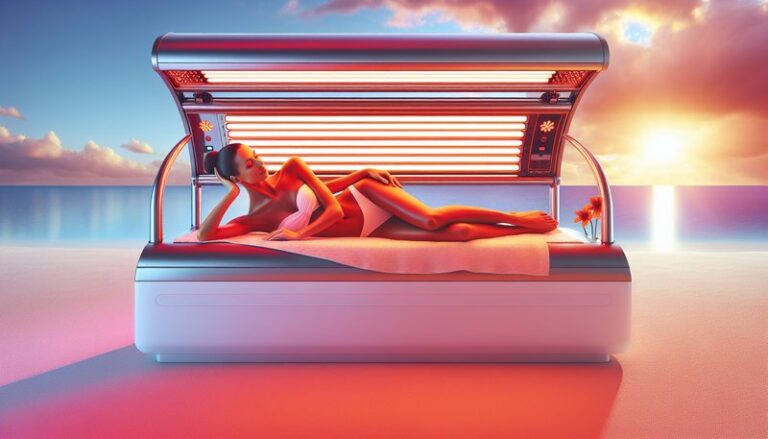How Often Do You Need To Do Red Light Therapy?
Have you ever wondered how often you should undergo red light therapy to reap its full benefits?
This article delves into the frequency of red light therapy sessions, the advantages of this innovative treatment, as well as considerations and alternatives to help you make an informed decision regarding your wellness routine.
Key Takeaways
- Regular red light therapy sessions can lead to improved skin health and healing.
- Individual needs may vary based on specific goals, such as pain relief or skin rejuvenation.
- Consulting with a professional can enhance the effectiveness of your therapy regimen.
What is Red Light Therapy?
Red light therapy (RLT) is a non-invasive treatment that uses low-wavelength red light to promote various physiological processes in the body. This therapy is viewed as a form of photobiomodulation, where light energy is absorbed by the skin to stimulate cellular functions.
RLT is used widely for:
– Skin rejuvenation and anti-aging
– Pain relief and inflammation reduction
– Enhanced muscle recovery and performance
The treatment can be performed using handheld devices or full-body panels that emit specific wavelengths of light, typically ranging from 600 to 1000 nanometers.
What are the Benefits of Red Light Therapy?
Exploring the advantages of red light therapy can provide insights into why so many individuals incorporate it into their healthcare routines.
Improved Skin Health
Red light therapy promotes collagen production, leading to firmer skin, reduced wrinkles, and overall enhanced skin appearance. Studies have shown significant improvements in skin elasticity and texture from consistent use.
Pain Relief
RLT has been effective in reducing chronic pain and inflammation. Research indicates that regular sessions can modulate pain signals and decrease inflammation in conditions like arthritis or sports injuries.
Enhanced Healing
The therapy accelerates the healing of wounds and injuries by promoting cellular regeneration. Athletes often utilize RLT to expedite recovery times after intense training or injuries.
Improved Mood and Sleep
Some studies suggest that red light therapy may also influence mood and sleep quality. The therapy’s calming effects could help in managing stress and improving overall sleep patterns.
Is it Possible to Overdo Red Light Therapy?
While red light therapy is generally considered safe, scheduling excessive sessions can lead to diminishing returns or skin irritations.
What are the Advantages of Spacing Out Sessions?
- Maximized Benefits: Allowing time between sessions can enhance the body’s healing processes without overwhelming it.
- Reduced Risk of Irritation: Giving your skin time to recover minimizes potential side effects like redness or sensitivity.
- Affordable Treatment: Coordinating fewer sessions can save time and money while still achieving desired outcomes.
What are the Disadvantages of Overdoing It?
- Potential Skin Damage: Excessive exposure to red light could potentially harm sensitive skin.
- Diminished Returns: Too frequent sessions may lead to plateauing results, where no further benefits are gained.
What are the Things to Consider Before Starting Red Light Therapy?
Before diving into red light therapy, it’s essential to assess a few key considerations.
Personal Goals
Your reasons for seeking red light therapy will ultimately dictate how often you should engage in treatment. If you’re focusing on skin health, different guidelines will apply compared to pain management.
Device Type
Not all red light therapy devices are created equal. Clinical-grade machines offer different specifications and wavelengths compared to home-use devices, which may influence session frequency.
Skin Sensitivity
Individuals with particularly sensitive skin may need to start with shorter session durations and less frequent applications to prevent irritation.
What are the Alternatives to Red Light Therapy?
If red light therapy does not seem like the right fit, there are alternatives worth exploring.
Find out the specifics in Red Light Therapy and Botox
Low-Level Laser Therapy (LLLT)
Similar to red light therapy, LLLT utilizes specific wavelengths of laser light to promote healing and reduce pain. It is often used in clinical settings for targeted treatment.
Ultrasound Therapy
This non-invasive method uses sound waves to promote tissue healing, reduce pain, and improve circulation, making it a good alternative for specific conditions.
Massage Therapy
For pain relief and muscle recovery, regular massage therapy can complement or serve as an alternative to red light therapy. It aids in increasing blood flow and relaxing tense muscles.
Conclusion: Is it Recommended to Engage in Red Light Therapy?
Overall, red light therapy can be a beneficial addition to your wellness routine when done thoughtfully and regularly. Focusing on your specific goals, device quality, and session frequency will provide the best outcomes. Consulting with a healthcare professional can further tailor this treatment to your individual needs.
Frequently Asked Questions
How long does each red light therapy session take?
Sessions typically last between 10 to 20 minutes, depending on the treatment area’s size and the device in use.
How soon can I expect to see results from red light therapy?
Many individuals report seeing improvements within a few weeks of regular use, though it may vary based on personal health conditions and therapy goals.
Check out the full post Frequency of Red Light Therapy for Hair Growth?
Can I use red light therapy every day?
While daily sessions can be beneficial for some, it’s essential to listen to your body and allow for recovery time to prevent irritation and observe the best results.
Is red light therapy safe for all skin types?
Red light therapy is generally safe for all skin types; however, those with specific skin conditions should consult a healthcare provider before initiating treatment.
What should I look for in a red light therapy device?
Opt for devices that specify the wavelength ranges of light they emit (ideally between 600-1000 nanometers), as these will offer the most therapeutic benefits.





